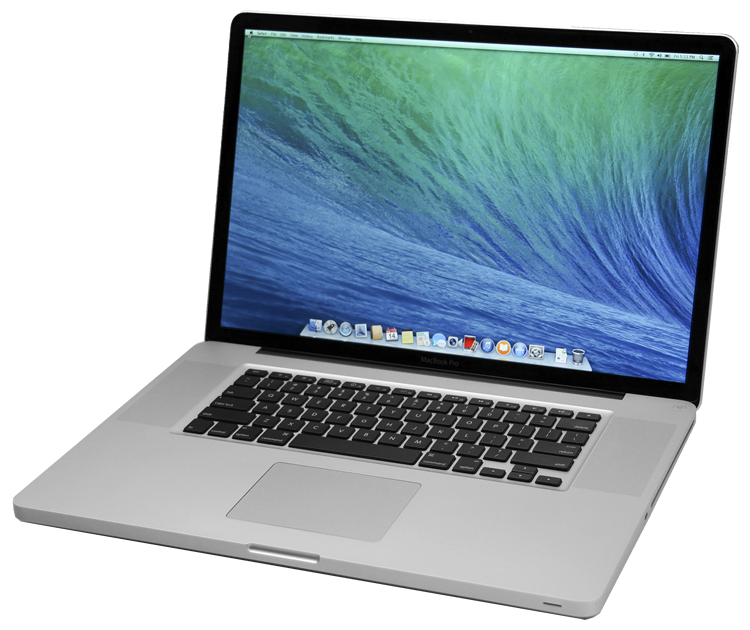


SymbolicLinker)) pointing to the originals on the internal drive. Note that you only need to do this for programs that install additional pieces when you install them programs that can be used via drag-and-drop should run just fine from the internal drive.Īnother possible solution would be to install everything from iLife, but then replace the rarely-used programs and their frameworks with aliases (or symbolic links, via Terminal or For example, I chose to only install iPhoto out of the iLife ’09 application suite-I rarely use GarageBand, iWeb or iDVD on my laptop, so I can just reboot and use them from the internal drive when the need arises. I didn’t worry about trying to make absolutely everything fit only those programs I use regularly are installed on the SSD. I then installed and/or copied my key applications from the internal drive to the external drive. Because the drive is only 48GB in size, it’s important to make the most of the space available. I customized the installation to minimize its size by removing excess printer drivers and the extra languages. Once installed, I inserted my Snow Leopard installation disc and started installing OS X on the drive. System Profiler then reported the drive as a serial ATA device, which is probably why it was usable as a boot disk. After testing the drive in this mode, though, I wouldn’t recommend it for normal use-it’s very slow when used in USB2 mode.Īfter I inserted the drive, it mounted nearly instantly in the Finder. That tiny little USB port is not an inbound USB port, but an outbound port-it’s there in case you want to connect the drive via USB2, for use with machines that lack an ExpressCard slot. And the light isn’t really that bright that’s the result of a long exposure in dim light.) (Click the image at right for a larger view of the inserted drive. When installed, the drive sits completely flush, revealing just an activity light and a miniature USB port. The drive in the ExpressCard slot, seen from the side and directly above. Sure, the performance isn’t what you’ll get from a leading-edge internal SSD, but compared to a hard drive, it’s still very good (as you’ll soon see). This is one of the most appealing factors about an ExpressCard SSD-installation is simple (and you get to keep your hard drive, too). Installing the drive couldn’t be much simpler-just insert it into the ExpressCard slot until it clicks into place, and then wait for it to appear in the Finder.


 0 kommentar(er)
0 kommentar(er)
